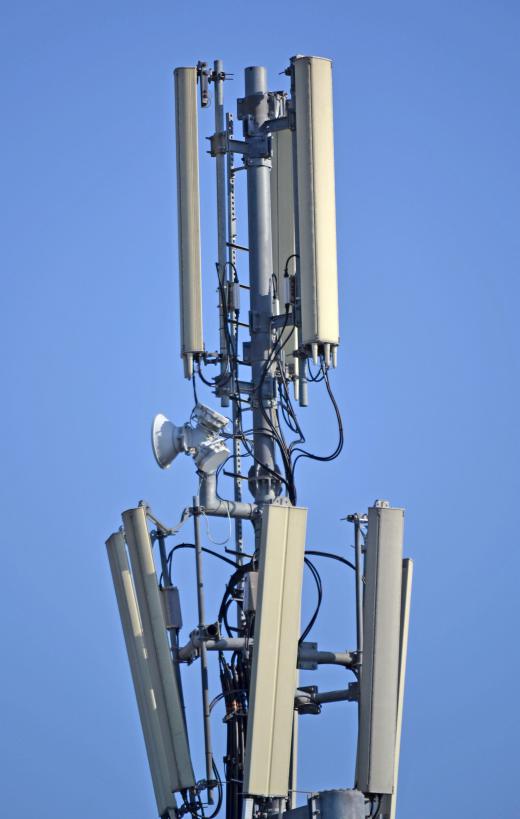How do I Know Which is Better, Analog or Digital?
When deciding between an analog or digital signal, it is important to be informed about the benefits and drawbacks of each type. Some pieces of equipment offer both options, others only one. Usually, analog signals are used in devices that require smooth transition between settings, while digital ones offer a much wider selection.
Analog signals waver in intensity and are continuous electrical signals. Generally, these variations follow the original non-electric signal, hence the name analogous. For example, one creates an analogous signal when speaking on the telephone. One can speak loudly or softly, which causes electric current variations. The voice is the original non-electric signal, while what the listener hears on the other end of the line is the continuous analog one.

Digital signals, on the other hand, do not flow smoothly but consist of units or pulses with different levels of intensity. These values are typically predefined by the manufacturer, and can change by small, but abrupt margins. For example, there can be high and low buttons on a car’s CD player, and the volume of the music can alternate between these two set values. If that CD player had a knob that slowly increased or decreased the volume, it would be an analog signal.
Many products can have either analog or digital signals. Since analog has been used for a longer time, it is usually present in older electronics gear. Nearly all early television sets featured analog knobs that were used to change the channels or settings. Some equipment made today includes an analog option because a knob allows the user to adjust settings to an exact desired value. The problem with analog signals is that each knob can only control one function, so it can limit the options or abilities of the device.
With the advancement of technology, digital signals replaced most analog ones. Manually switching through every single station become very impractical when television providers began offering hundreds, or even thousands, of channels. A remote control with buttons generally allows the user to flip through the entire selection very quickly, saving a lot of time. Electronics manufacturers also design digital devices for use in cars, because buttons allow for more user options and can be more aesthetically pleasing.
Deciding between an analog or digital signal often depends on the exact qualities one is looking for in a specific piece of equipment. If one needs a piece of equipment that has a wide variety of options, like a cell phone, a digital signal is typically the only practical solution. Some people, however, still select analog CD players or car stereo systems, because they are usually cheaper and allow for greater control over individual settings. Many manufacturers take these customer preferences into account, and use analog or digital signals in their appliances based on demand.
AS FEATURED ON:
AS FEATURED ON:











Discussion Comments
As far as music and film are concerned, digital is quickly taking over because of its convenience. I think that On Demand digital television will replace scheduled programming in the very near future. It makes sense to let the viewer have more power over their television experience, and offering the customer the ability to watch whatever shows they want whenever they want seems like the next logical step in the evolution of television. Comcast’s On Demand service offers this to some degree, but only has a few episodes of a given show at a time. On Demand hasn’t quite made scheduled programming obsolete just yet. Once it allows for more options however, such as an expanded number of viewable episodes per show, I have no doubt that this type of television system will become the norm. This freedom simply isn’t possible with analog technology.
Post your comments